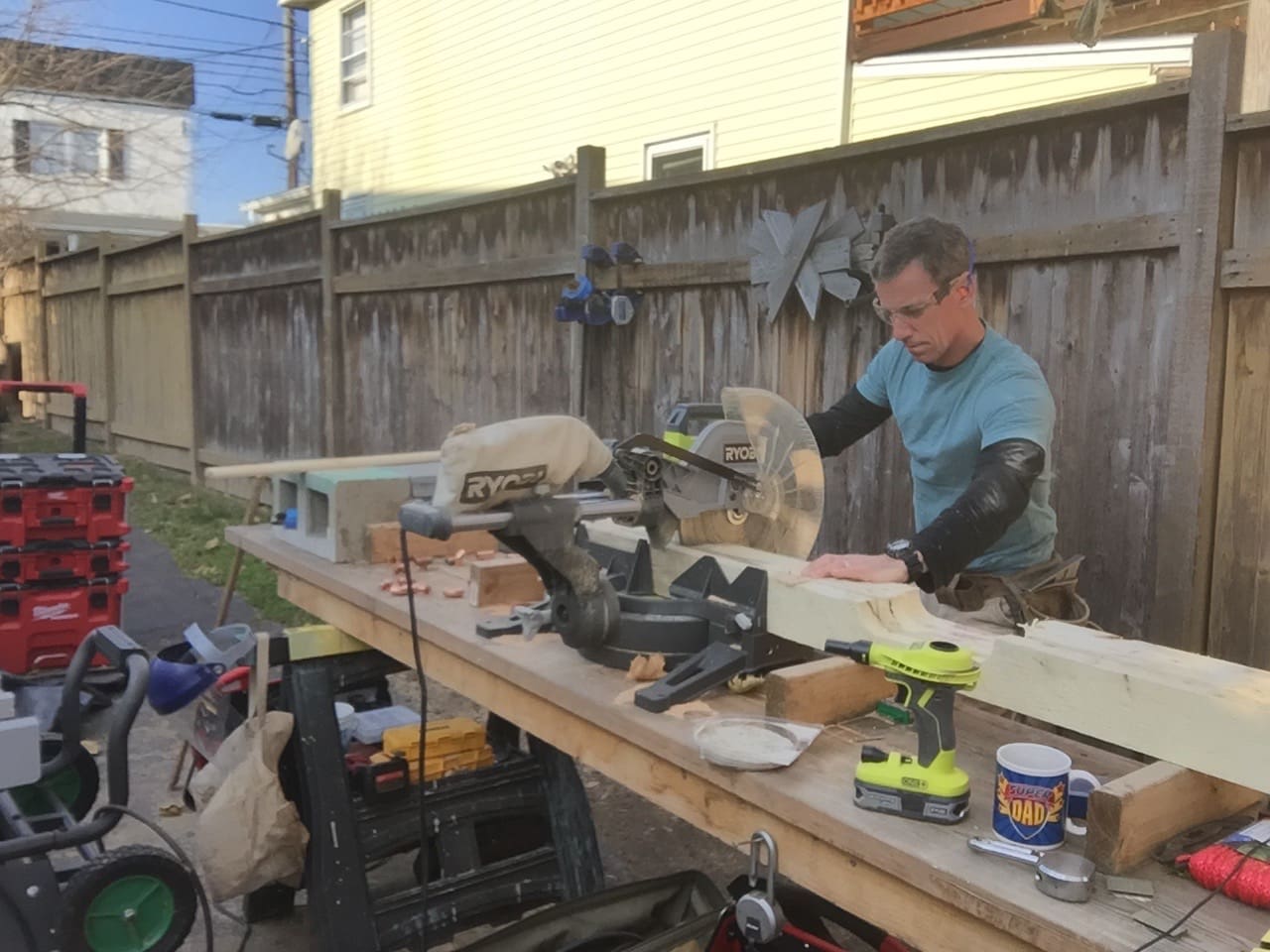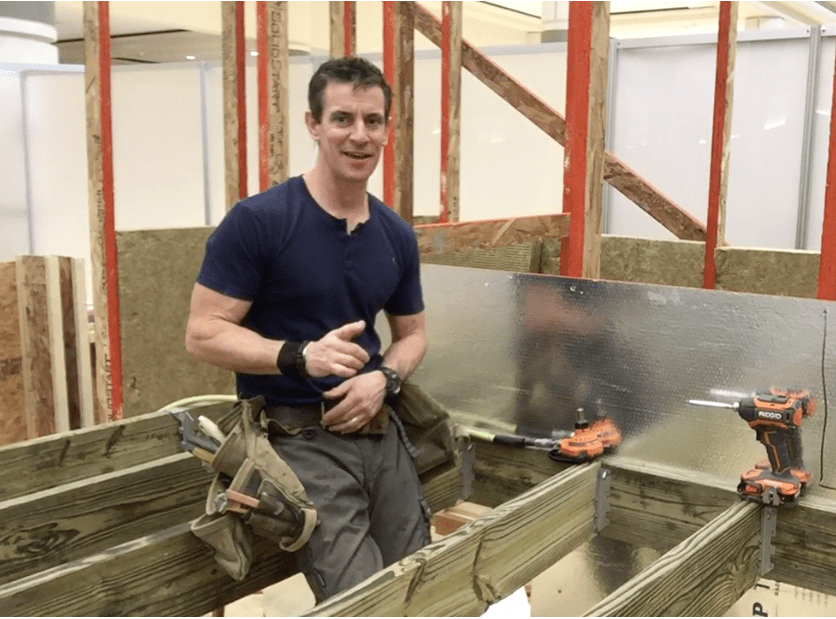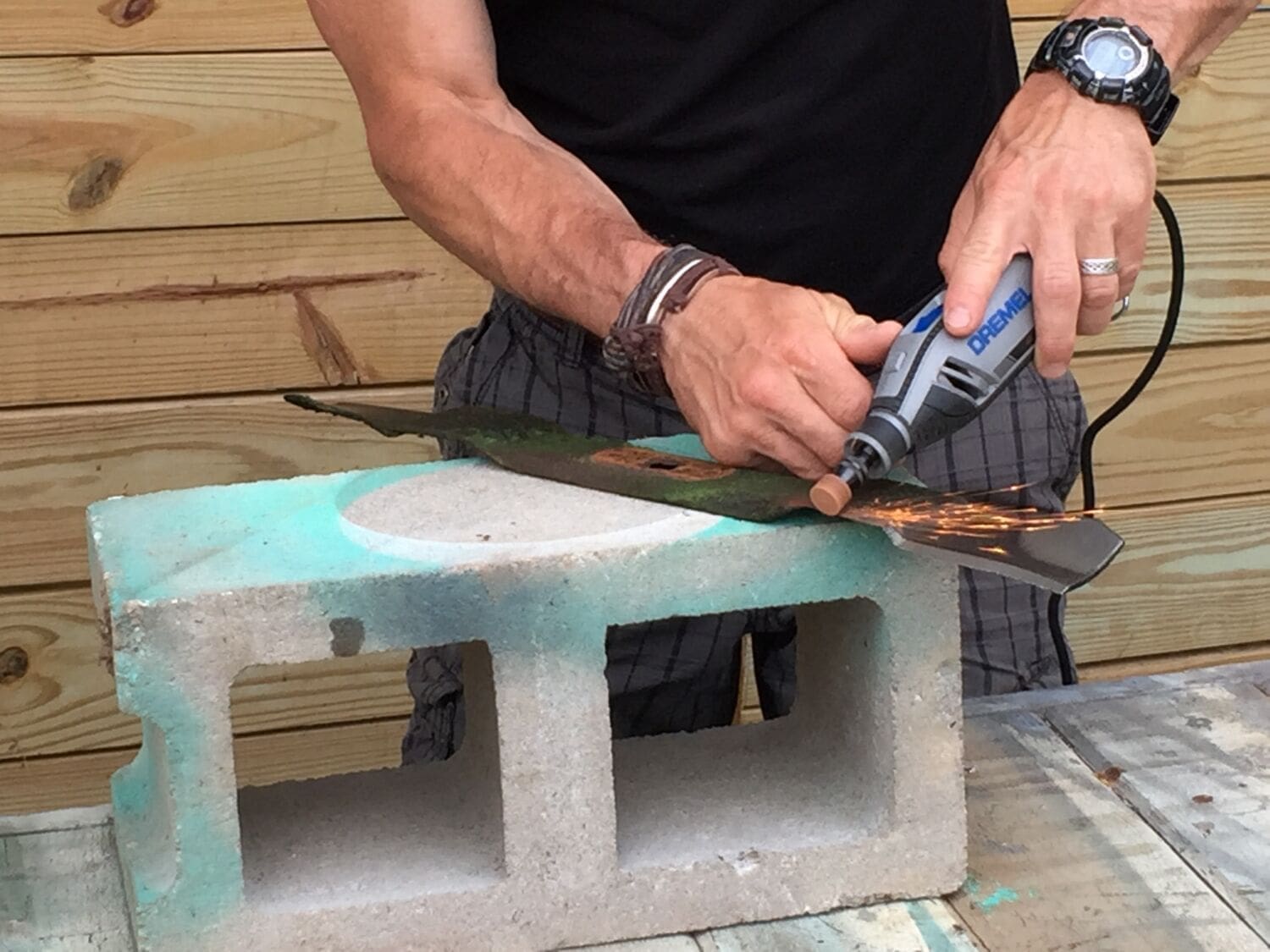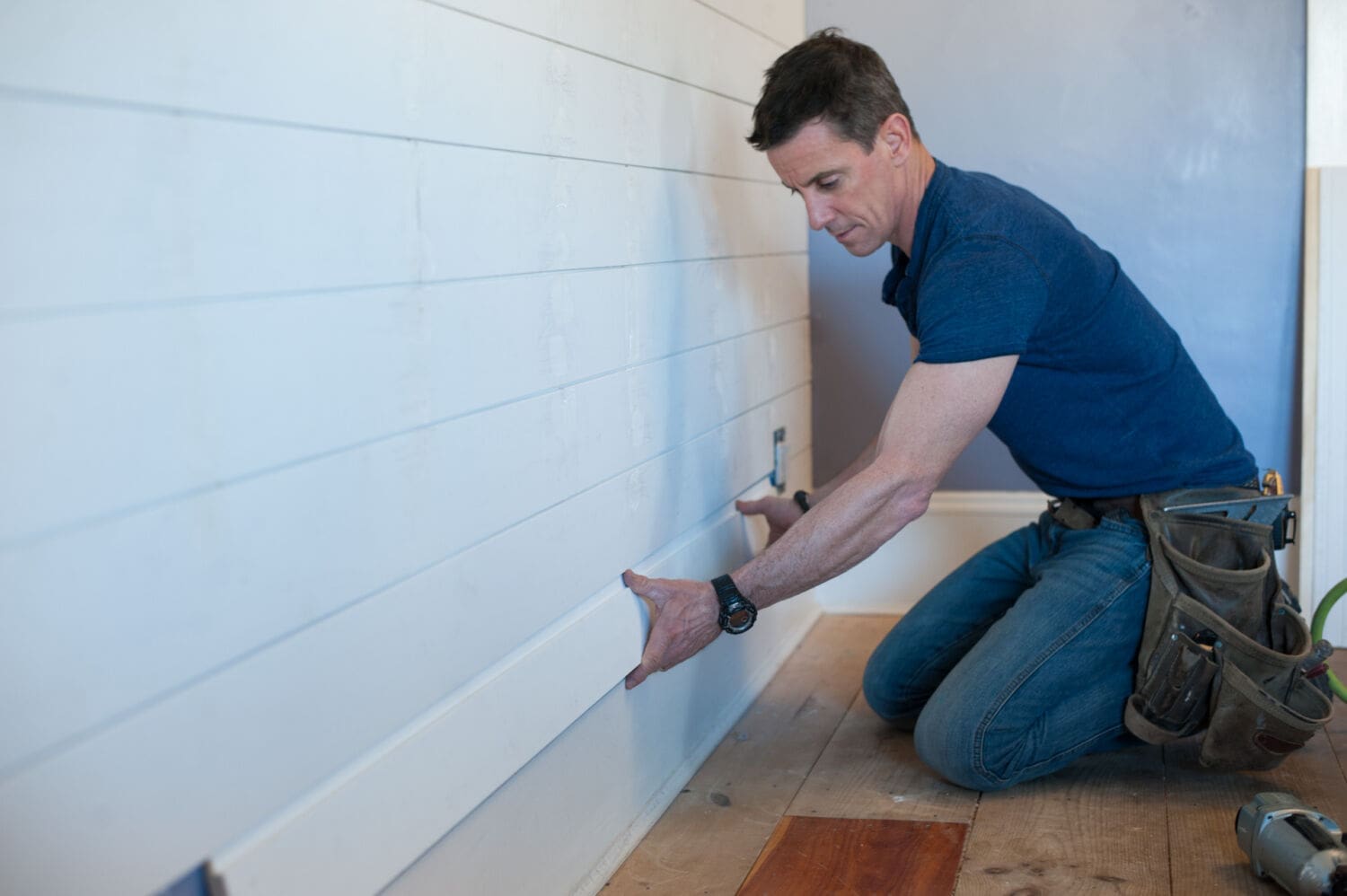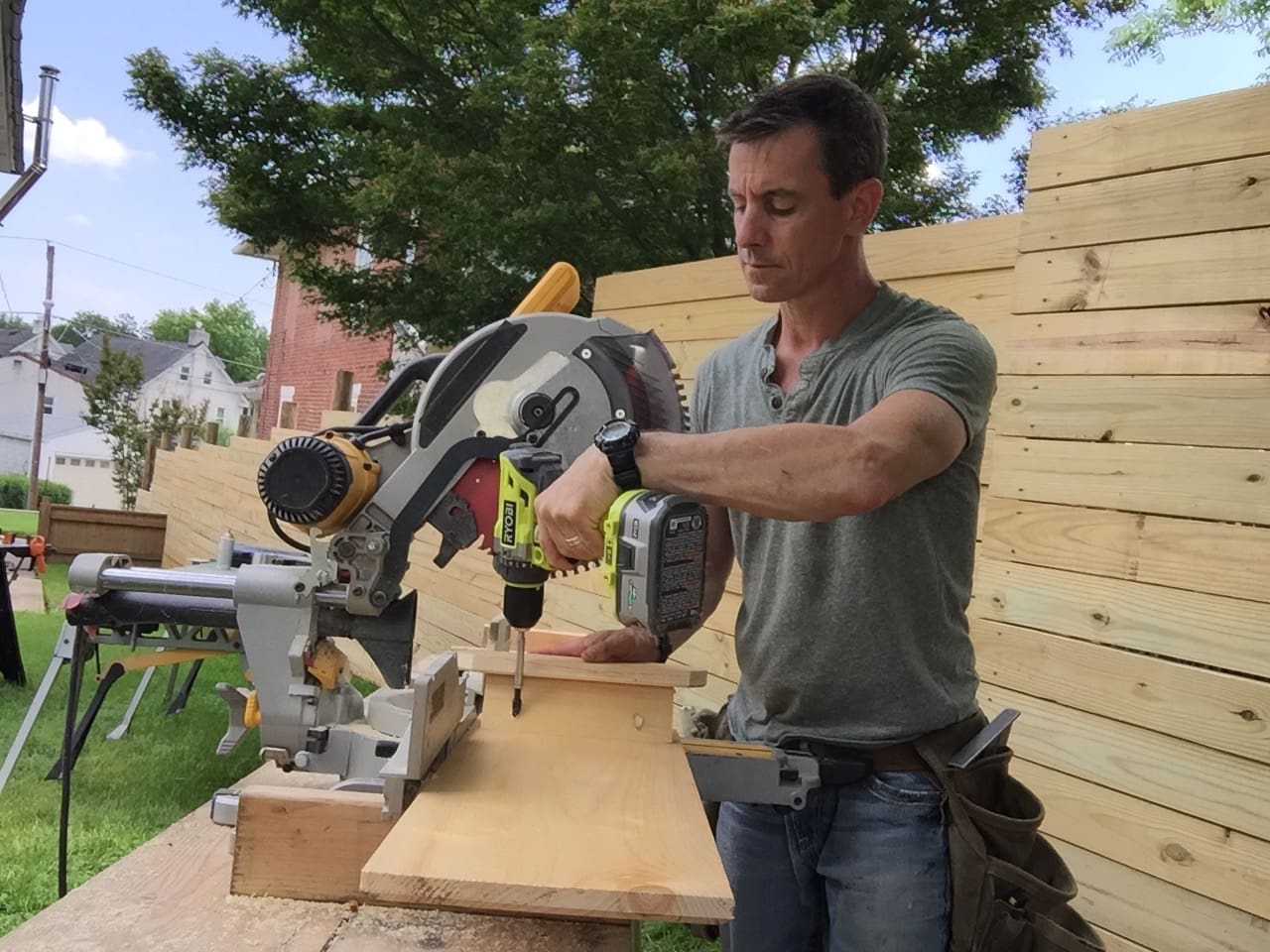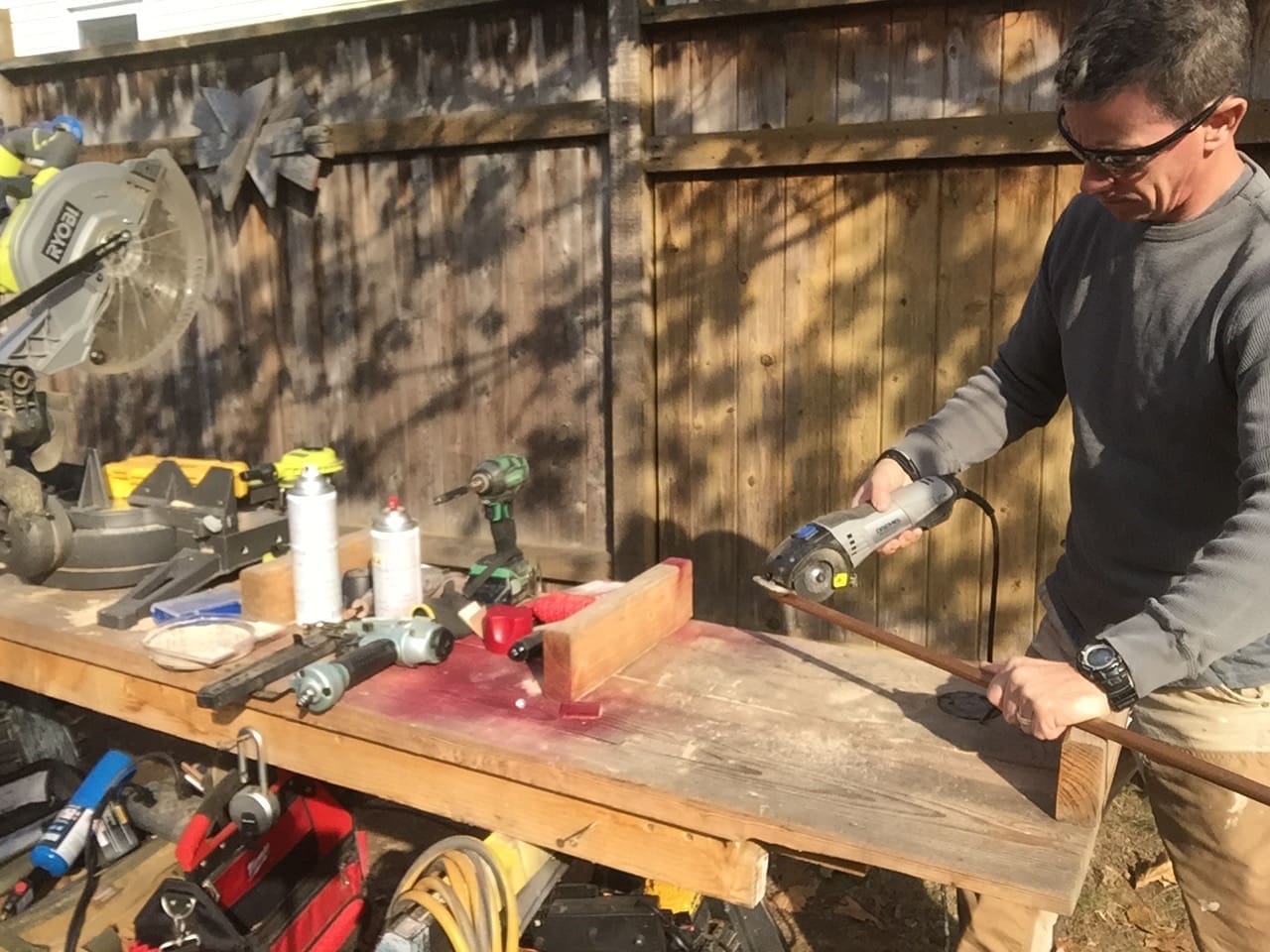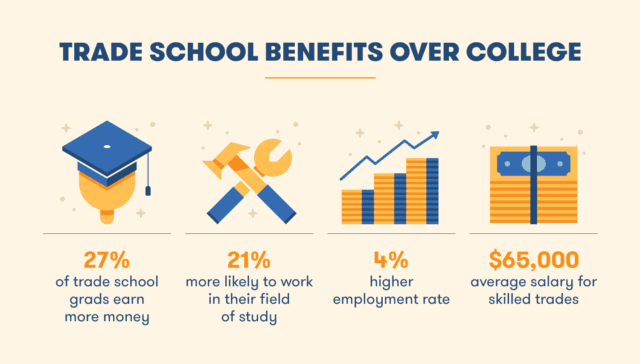
The Home Depot Canada Foundation invests $1 million for skilled trades training to help Canadian youth who have experienced homelessness or barriers to employment.
We applaud the effort The Home Depot Canada Foundation’s effort to help provide access to training and social support for homeless youth to work in the skilled trades. Creating a way for homeless youth to obtain valued skills that are an essential part of our society is welcome news.
It’s a practical pairing of those who want to create a different future with the real-need of finding more people who are well-trained. We also hope it is effective at combatting homelessness and increasing the security of those who participate.
But, why choose a skilled trade as a career?
Skilled trades are valued. The pandemic put a spotlight on the essentiality of those who work in-person with their hands. Even with advances in technology and the promise of robots taking over many tasks, there is a need for human skilled trades to create, fix, and maintain whatever skilled human tech wants to create.
Plus, with the growing demands for well-paid skilled workers, and the rising costs of 4-year college degrees, it seems smart to consider a career in a trade.
But even with the pandemic, there still is a lag in perception about skilled trades. According to a BigRentz survey, 41 percent of 18- to 24-year-old Americans said that high pay and career potential would motivate them to attend a trade school instead of college. However, only 11 percent think the high pay is possible with a trade.
Those few young adults who believe in trade training had seemed to be slowly moving the needle on enrollment before the pandemic. Trade school enrollment has risen to 16 million students in 2014 from 1999’s enrollment of 9.6 million students, according to National Center for Education Statistics. But, now education enrollment has dropped. The construction trades has seen a -18.3 percent decline in enrollment from 2020 to 2021. Science tech has seen a 14 percent decline over the same period.
With the dip in enrollment, and the demand increasing steadily, there has been a growing shortage of skilled workers. Between May 2020 and August 2020, unemployment in the construction field dropped from 12.7 percent to 7.6 percent, and in that same time, more than 200,000 jobs were added.
According to Forbes, there will be more than 3 million skilled trade jobs to fill by 2028. Trade school graduates will continue to be in high demand.
Here’s a way to find out if a skilled trade is right for you.
Many who decide to learn a trade have some experience with the field. For some, it’s a family business or trade. Others have work experiences through high school or are lucky to take a class or two in school. For those who haven’t had the opportunities, there is another way.
The Armed Services Vocational Aptitude Battery test has an online quiz designed to find work-related interests. It’s from The Department of Defense, but it’s not just for those interested in the military. The mission is to provide career exploration to U.S. youth through the Career Exploration Program’s Find Your Interest Inventory.
For those who may feel like family members expect you to go to a 4-year college, a recent study showed otherwise. About 23 percent of high schoolers go on to attend college because they feel they are expected to go, according to Degree Query. But, more than 90 percent of parents would support a child’s decision to pursue a trade career, according to StrataTech.
Tell me about the costs and salaries of trade school.
Enrollment in trade school costs an average of $33,000 versus a 4-year college average cost of $127,000. The extra burden of education cost has led to 4 in 10 adults under 30 years old having student-loan debt, according to the Pew Research Center. And the earning potential doesn’t necessarily offset the cost.
For example, the construction industry has a mean salary of $74,120 per year. The median annual earnings in the U.S. is about $49,000 per year. (For more stats about specific careers and their salaries, check out this list.)
During the pandemic, another survey found that 1/3 of Americans think trade school is now a better option than college. They cited an easier chance of finding a job and lowering potential school debt.
What resources are available in the United States for youth homeless?
The Home Depot’s efforts to dig in and help youth that make up about twenty percent of homeless in Canada is commendable. Still, I’m curious why it isn’t happening in the United States.
Here, about 10 percent of 18- to 25-year-olds have experienced homelessness. In 2020, there were 34,210 unaccompanied youths considered homeless and 90 percent of them were 18 to 24 years olds. Among them, 29 percent of homeless youth have substance abuse problems and 50 percent are completely unsheltered.
There are other resources available. In the United States, Covenant House offers job training for homeless teens, including help with interview clothes and transitional housing. Programs include certifications in culinary arts, medical assistant, public safety, computers, and woodworking in 31 cities.
Another place to go for help is the Runaway and Homeless Youth Training and Technical Assistance Centers. They help organizations provide training and resources to homeless youth. And the National Runaway Safeline provides an easy way to text, email, live chat, or call for free confidential help for 12- to 21-year-olds.
In New York City, the First Step Job Training Program helps homeless and low-income women gain skills to find living-wage jobs. They’ve been doing it for 30 years and help about 200 women per year.
Tell me more about The Home Depot’s Tradeworx program
The employment social enterprise model will include initial partnerships with ten community organizations across Canada. These include: Blue Door (Construct) (Ontario), Quint (Build Up Saskatoon) (Saskatchewan), Building Up (Ontario), Choices for Youth (Impact Constructions) (Newfoundland), Community Builders (Ontario), Durham Youth Services (Construct) (Ontario), Labour Education Centre (Ontario), Newo Global Energy* (Alberta), Purpose Construction (Manitoba), The RAFT (Fresh Paint) (Ontario)
The Home Depot Foundation works to improve the homes and lives of U.S. veterans, train skilled tradespeople to fill the labor gap and support communities impacted by natural disasters. Since 2011, the Foundation has invested more than $375 million in veteran causes and improved more than 50,000 veteran homes and facilities. The Foundation has pledged to invest half of a billion dollars in veteran causes by 2025. And, $50 million in training the next generation of skilled tradespeople through the Path to Pro program. The Home Depot Canada Foundation has invested more than $42 million to help prevent youth homelessness in Canada.
In June 2021, The Home Depot Foundation committed $400,000 to help with homelessness. The goal is to provide 136 permanent supportive housing units and critical support services for veterans experiencing homelessness in Los Angeles. This is in partnership with Step Up on Second Street.




